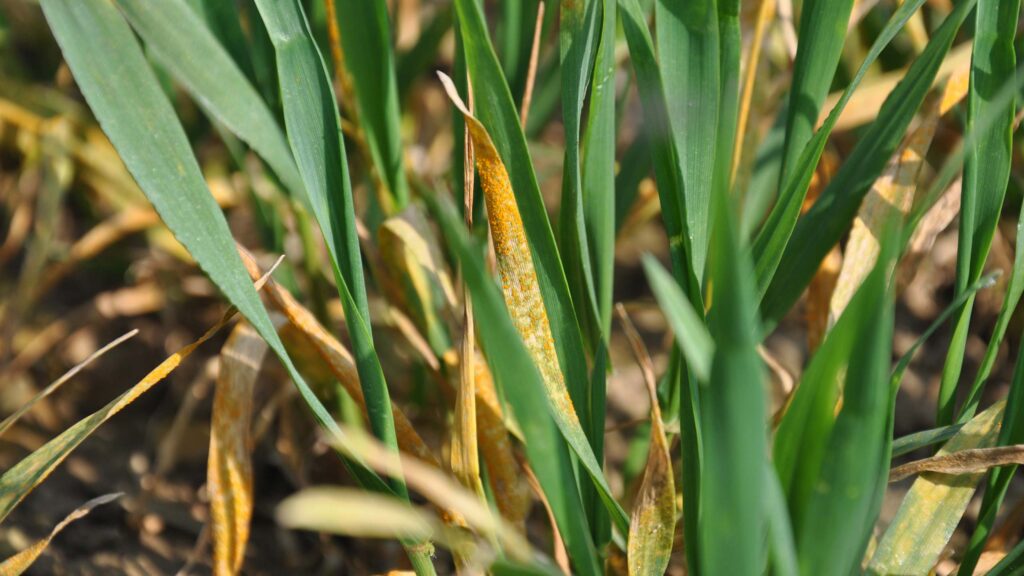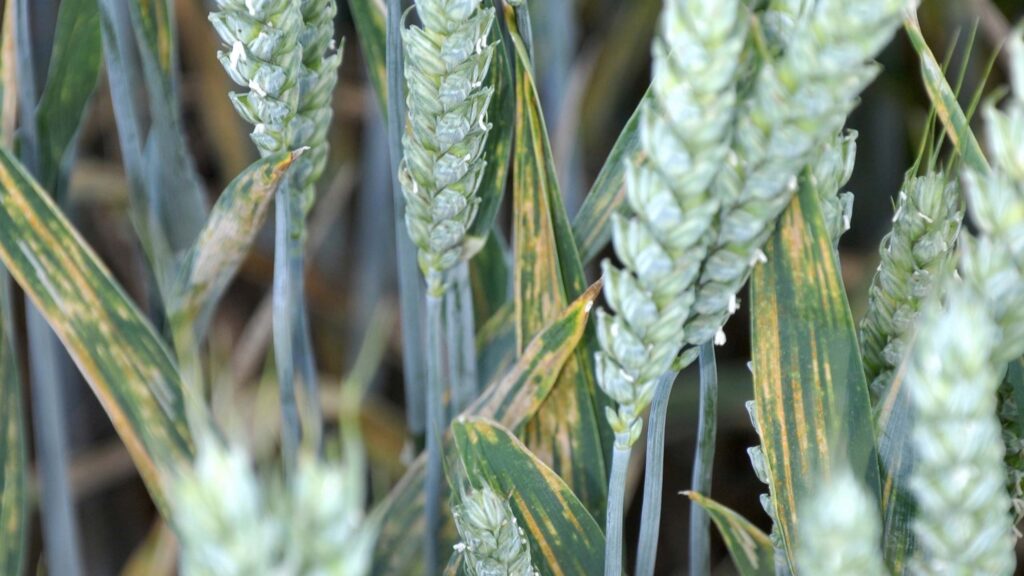Wheat growers alerted to yellow rust risk in backward crops
 © Syngenta
© Syngenta Wheat growers are urged to be alert to yellow rust risks in backward and later-drilled winter wheat crops this spring, to avoid yield losses of up to 50%.
According to David King, Syngenta’s head of technical for the UK, Ireland and the Nordics, while yellow rust levels were relatively low coming out of winter, it is a disease that likes juvenile leaves and can strike quickly.
“It’s very much a case of being vigilant rather than panicking,” David says.
“However, in parts of the country, a lot of wheat wasn’t planted until November, and some earlier-drilled wheat struggled where it was planted in poorer seed-beds. Both of these scenarios render crops more vulnerable to yellow rust.”
See also: Norfolk grower aims to cut soil compaction in root crops this spring
In response, he urges growers to carry out an assessment of yellow rust risk as part of their April T1 fungicide decisions.
They should include factors such as drilling date and crop development, as well as variety susceptibility, especially in more rust-prone regions.

David King © Syngenta
“T1 isn’t always only about Septoria tritici,” he says, adding that leaving yellow rust control until the flag leaf (T2) timing can be too late.
David explains that in the right weather conditions, yellow rust can go through its life cycle in just 10-12 days, compared with 14-28 days for Septoria tritici, and can cause yield losses of up to 50%.
“This why it’s so important to halt it early.”
T1.5 dilemma
A further yellow rust scenario to be cautious of, says David, is if levels of the disease appear to be low during April, prompting insufficient yellow rust activity to be built in to the T1 spray, only for the disease to escalate suddenly after T1.
If this happens, it becomes a dilemma of whether to apply an additional, T1.5, fungicide between T1 and the flag leaf spray.

© Syngenta
David points out that this adds to costs, but if not done, yellow rust might cycle again by the time the flag leaf is out and then become even harder to control.
“Remember, the flag leaf contributes more than 40% to winter wheat yield,” he says. “So preventing yellow rust early, before it reaches the flag leaf, is key.”
Trial work has shown T1 as being the optimum timing for controlling yellow rust.

